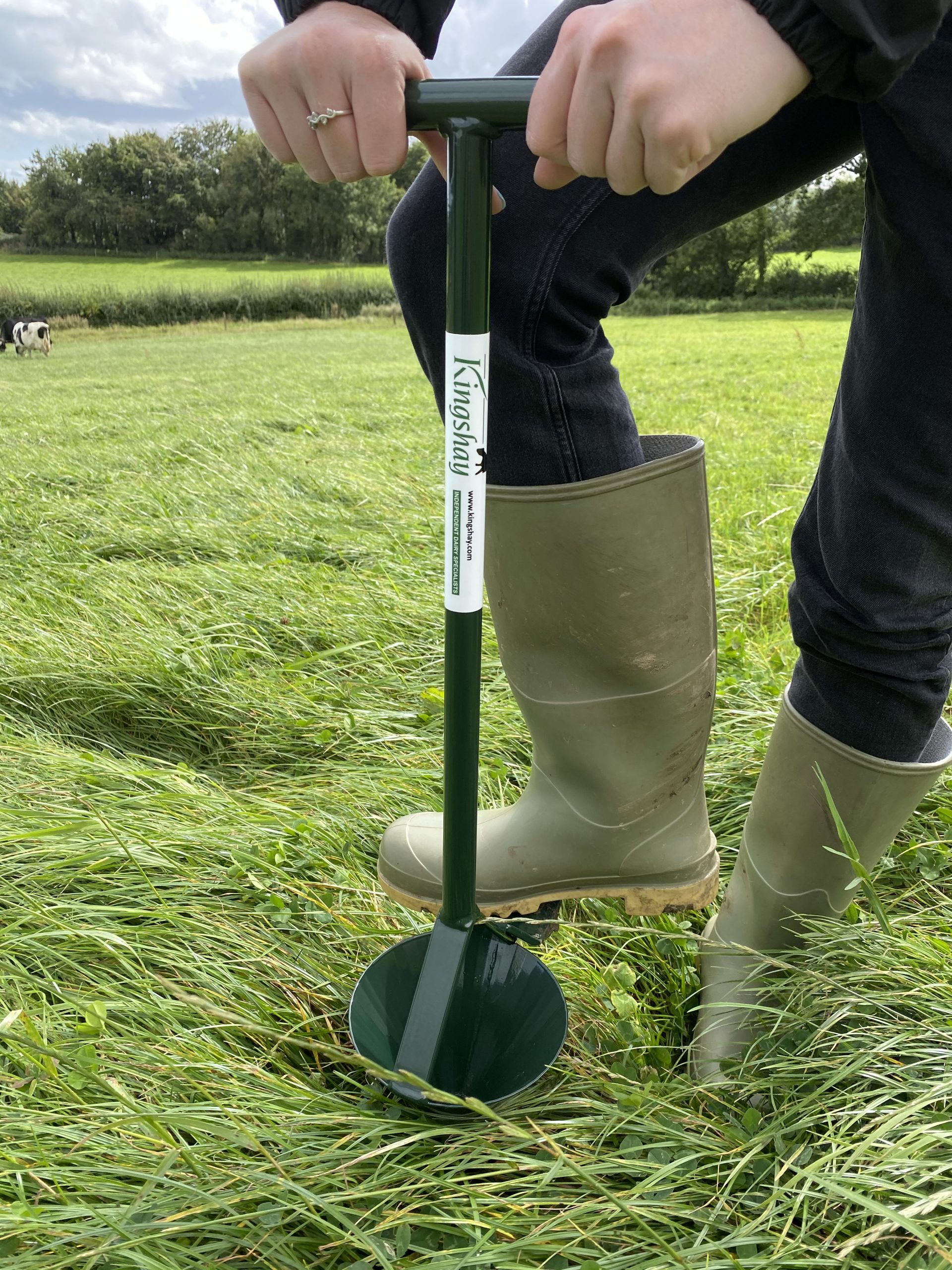
J Geotech Eng ASCE 36:1108–1136īaligh MM, Azzouz AS, Chin CT (1987) Disturbances due to “ideal” tube sampling. Geo-Mar Lett 35:69–75īaligh MM (1985) Strain path method. Science 296(5575):1985–1990Īraújo-Gomes J, Ramos-Pereira A (2014) The new CutSprof sampling tool and method for micromorphological and microfacies analyses of subsurface salt marsh sediments, Algarve, Portugal. J Hydrol 378:179–204Īlley WM (2002) Flow and storage in groundwater systems. Soil Tillage Res 115-116:1–15Īllaire SE, Roulier S, Cessna AJ (2009) Quantifying preferential flow in soils: a review of different techniques. Depth sampling and coring methods remain key tools for understanding sediments and soils, but referring to undisturbed sediment sampling is no longer tenable without supporting evidence.Īlaoui A, Lipiec J, Gerke HH (2011) A review of the changes in the soil pore system due to soil deformation: a hydrodynamic perspective. The novel use of μCT scanning of sealed sediment cores has enabled the identification and evaluation of the nature and extent of sample disturbance resulting from four common types of sediment recovery methods. In many environmental studies involving sediment recovery through coring or other depth sampling, there is no such thing as an undisturbed sediment sample. Considerable disturbance to samples results from use of push, hammer and auguring samplers, whilst least disturbance is found in samples recovered by cutting and advanced trimming approaches. Quantitative assessment of changes to pore space and sediment density arising from the four sampling methods offers a means of direct comparison between the impact of depth sampling methods. Results and discussionģD qualitative analysis identifies a suite of sampling disturbance structures including gross-scale changes to sediment integrity and substantial modification of pore space, structure and distribution, independent of sediment strength and stiffness.

Sampling using two different area-ratio cores resulted in a total of 16 cores that were scanned with μCT to identify and evaluate sediment structural properties of samples that can be attributed to sampling method. Paired sediment core samples from a restored salt marsh at Orplands Farm, Essex, UK, were collected using four common sampling methods (push, cut, hammer and gouge methods). In this study, 3D computed X-ray microtomography (μCT) is used to evaluate and compare the disturbance imparted by four commonly used sediment sampling methods within a coastal salt marsh. However, the impact of sampler-induced disturbance is rarely acknowledged, despite the potential significance of modification to sediment structure for the robustness of data interpretation. Within most environmental contexts, the collection of ‘undisturbed’ samples is widely relied upon in studies of soil and sediments.


 0 kommentar(er)
0 kommentar(er)
